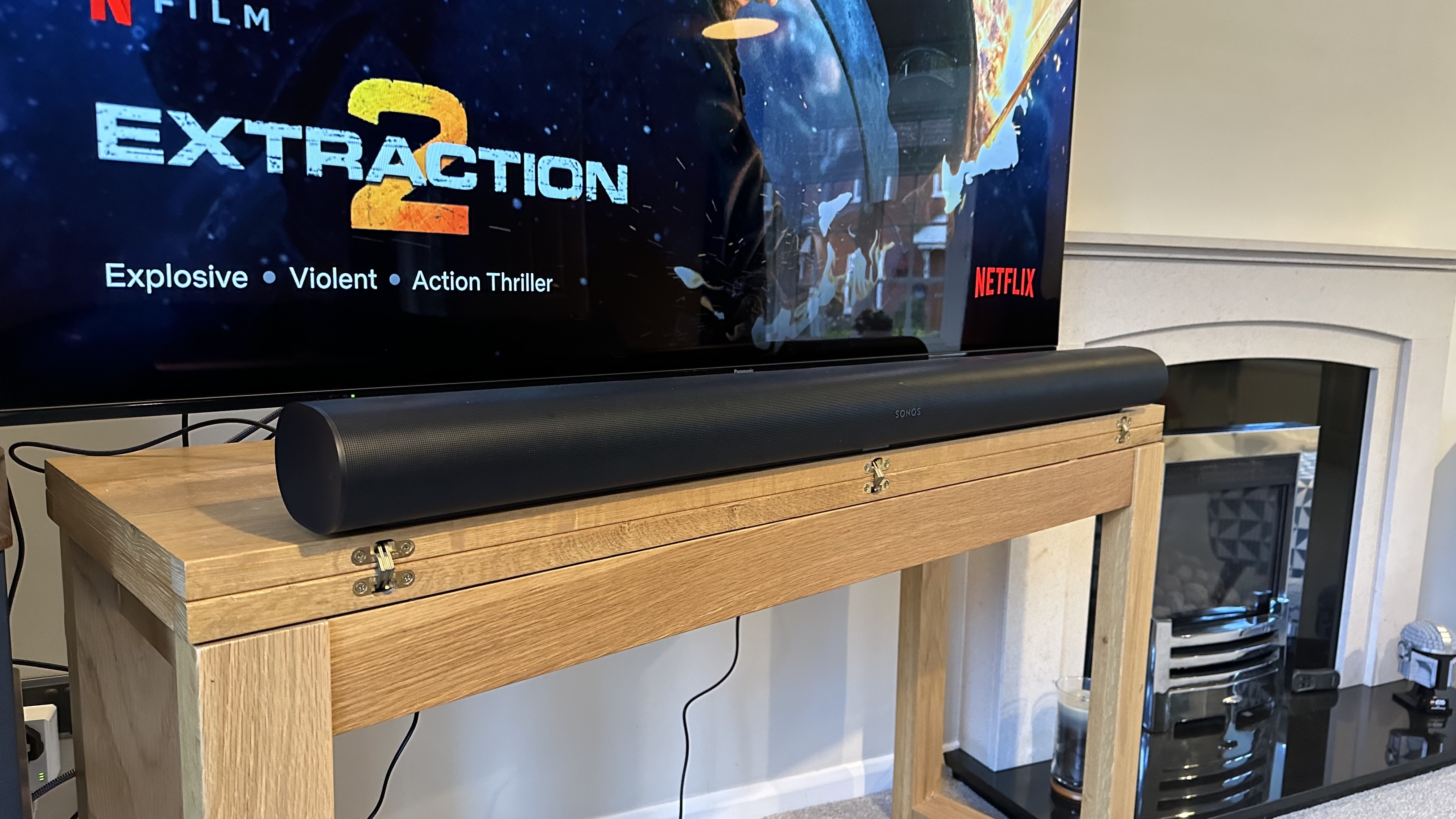Sky Glass Gen 2 vs Sky Glass Air: which one should you buy?
Sky's sibling rivalry hots up as its latest all-in-one subscription TVs go head-to-head
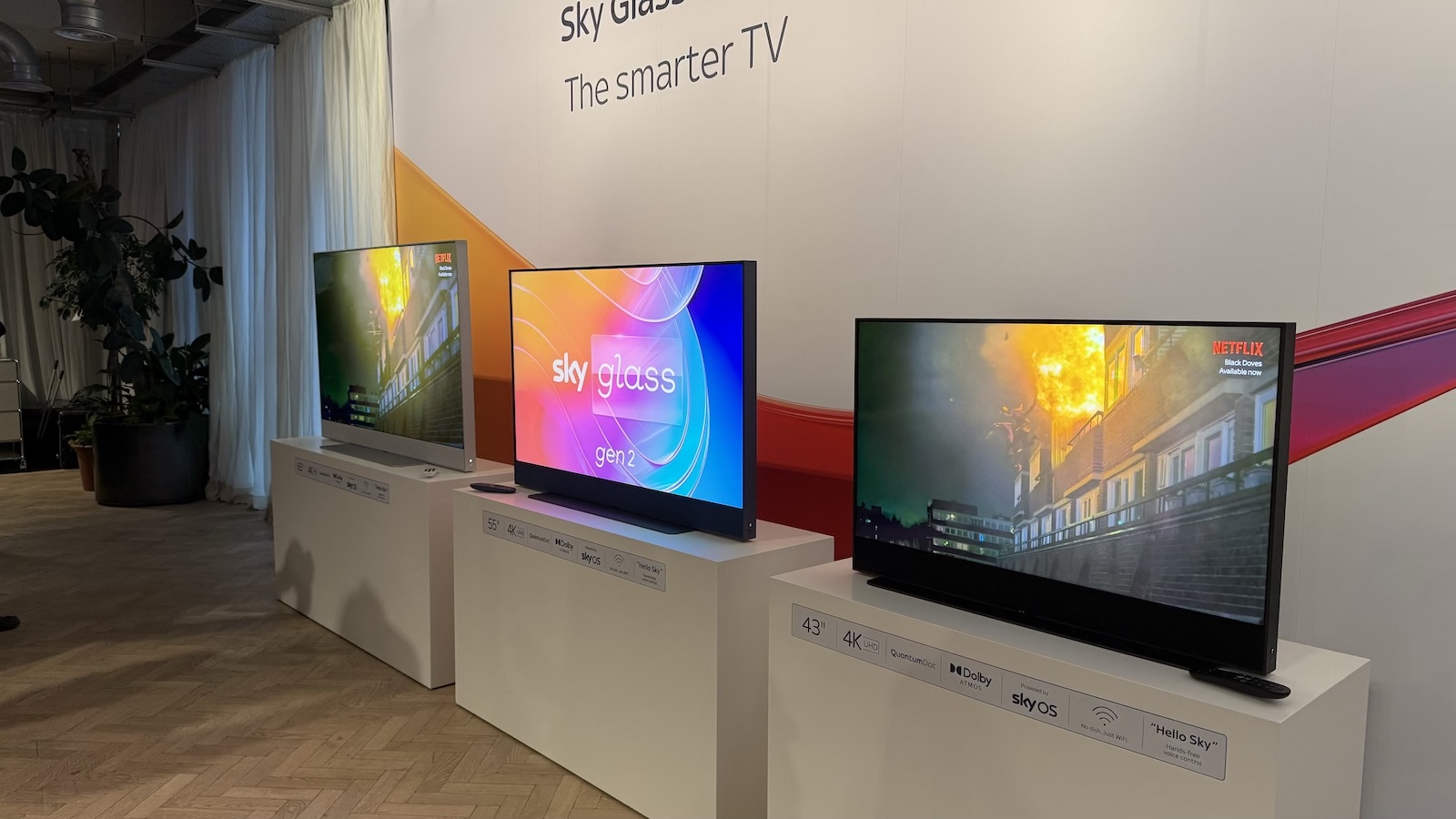
The original Sky Glass caused quite a stir when it first launched, introducing a TV subscription concept to the masses. And now, Sky has expanded its Glass TV lineup with two distinct models targeting different audiences.
The first of these is the Sky Glass Gen 2 – the more premium offering with enhanced brightness and audio capabilities – while the Sky Glass Air strips back features to achieve a remarkably affordable entry point. Both TVs centre around Sky's integrated streaming service approach, but which one deserves your money?
Before diving into our detailed comparison, it's important to note that while we have fully reviewed the Sky Glass Gen 2 in our dedicated test rooms, our Sky Glass Air assessment remains based on our hands–on experience with it at Sky's launch event.
Rest assured that we'll update this feature with a definitive winner once we've received a Sky Glass Air review unit and put it through our rigorous testing process.
Sky Glass Gen 2 vs Sky Glass Air: price and release date
The pricing structures for both models (which are now on sale) follow Sky's established subscription approach, with significant differences in monthly costs.
The Sky Glass Gen 2 maintains the same pricing as the original Glass model – £699 for the 43-inch version, £949 for the 55-inch model, and £1199 for the 65-inch variant when purchased outright. On Sky's 48-month payment plan, these translate to £14, £19, and £24 per month respectively (plus a £20 upfront fee).
The Sky Glass Air delivers genuinely surprising affordability. The 43-inch model costs just £6 per month on a 48-month contract, while the 55-inch version is £10 per month and the 65-inch model £13 per month. Outright purchases cost £309, £509 and £649 respectively.
The latest hi-fi, home cinema and tech news, reviews, buying advice and deals, direct to your inbox.
However, both TVs require a Sky TV subscription to function properly, with packages starting at £15 per month for Sky Essential. This means the true entry cost for the Glass Air is £21 per month for the smallest model, still representing substantial savings over the Gen 2.
How do the Sky Glass Gen 2 and Glass Air designs compare?

Both models share Sky's distinctive chunky, angular aesthetic, but the Air makes notable compromises to achieve its lower price point.
The Sky Glass Gen 2 features an aluminium construction with a matte finish that we found to almost unintentionally mask the premium look of the material. It's available in three colours – Volcanic Grey, Arctic Silver and Atlantic Blue.
On the plus side, its improved low-profile stand slots directly into the chassis without requiring assembly – a welcome upgrade from the original Glass model's cumbersome mounting system.
The Sky Glass Air, meanwhile, maintains the same front-facing appearance and easy-assembly stand system as the Gen 2, but cost-cutting becomes apparent from other angles.
The premium colour-matched rear panel and refined side profile of the Gen 2 are replaced with a standard black plastic rear panel, and less sophisticated side construction. However, the Air introduces new colour options: Carbon Grey, Cotton White and Sea Green.
Most significantly, the Air lacks the integrated soundbar section that characterises the Gen 2, resulting in a slimmer overall profile but fundamentally different acoustic approach. More on that in a bit.
Sky Glass Gen 2 vs Sky Glass Air: what are the feature differences?

Both the Sky Glass Gen 2 and Sky Glass Air are powered by Sky OS, delivering the same content discovery capabilities, voice control functionality, and seamless integration across Sky's services. The interface remains user–friendly once you're accustomed to its particular approach.
Sky OS excels at content discovery and app integration, letting you add shows to a playlist regardless of which streaming service hosts them. A nice touch for serial binge-watchers.
Voice control represents a key feature on both models too, with far-field microphones built into the TVs enabling hands-free operation. The Gen 2 specifically features Voice Zoom 3 technology for enhanced dialogue clarity, while both models support Sky's voice-powered system for navigation and content search.
Both the Sky Glass Gen 2 and Glass Air are rocking three HDMI sockets each, including an HDMI eARC port for hooking up external audio solutions. The latter is particularly valuable for Sky Glass Air users, given its more basic internal speaker set-up.
On the gaming front, advanced features such as 4K/120Hz support or VRR are out the window, with both sets managing only 60Hz refresh rates apiece. If you’re a keen gamer looking to make the most of your consoles and/or PC with 120Hz+ refresh rates, you’ll likely want to look elsewhere.
Lastly, both models also support Dolby Vision, HDR10, and HLG, with integrated ambient light sensors for automatic picture adjustment.
Does the Sky Glass Gen 2 or Glass Air have a better picture?
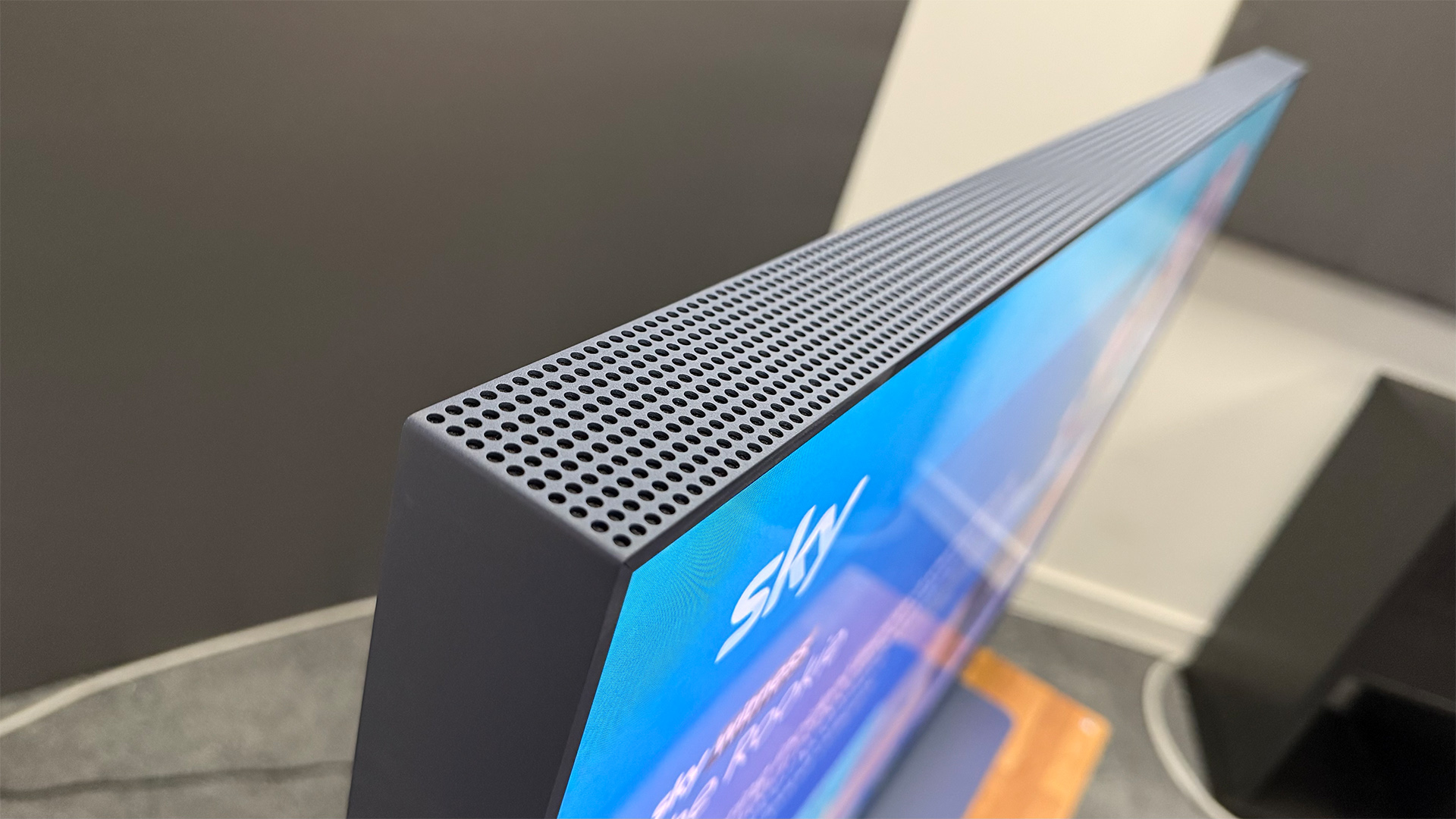
Panel technology represents the most fundamental distinction between these two models, with potentially significant implications for picture performance.
Let's kick off with the Sky Glass Gen 2.
It has an upgraded Quantum Dot LED backlight system featuring an increased LED count and additional local dimming zones (104 zones in our 55-inch review sample), compared to the original Glass model.
This enhanced backlight architecture enables more precise control over brightness and darkness across different areas of the screen simultaneously.
Our full review confirms improved contrast ratios, reduced blooming around bright objects in dark scenes, and better overall dynamic range. We found it to deliver a super-bright and punchy picture, significantly outperforming the similarly priced Amazon Fire TV Omni Mini LED.
The Sky Glass Air, meanwhile, uses a more basic Quantum Dot panel implementation with global dimming rather than local dimming zones.
Global dimming means the entire backlight adjusts uniformly rather than in independent zones, which can limit contrast performance when scenes contain both very bright and very dark elements simultaneously.
However, Sky emphasises that the Air remains directly lit rather than edge-lit, which should still provide better black levels and uniformity than the cheapest LED TVs on the market.
In practical terms, the Gen 2's local dimming should deliver punchier highlights in HDR content, deeper blacks in dark scenes, and less light bleed around bright objects.
The Air's global dimming approach, while more limited, keeps costs down while still providing the colour benefits of Quantum Dot technology and the improved contrast of direct LED backlighting over edge-lit alternatives.
Our full Glass Gen 2 testing with Mission: Impossible – Dead Reckoning Part One in Dolby Vision showed the Gen 2 delivers a terrifically bright and dynamic image with excellent highlight brightness, natural colour warmth and impressive three-dimensionality thanks to strong contrast and sharp detailing.
The picture proved balanced, consistent and downright cinematic, with natural skin tones and subtle shading.
The Auto Viewing Mode intelligently switches between different picture and sound settings, depending on the content type, delivering a warmer, cinematic presentation for movies and cooler, brighter settings for sports, with enhanced commentary clarity.
Dolby Vision content looks excellent in both Bright and Dark settings, with the Bright mode offering a punchier delivery that works well across different viewing conditions.
Testing with Civil War on 4K Blu-ray confirmed the picture is superbly striking – bright, sharp, vibrant and dynamic, making for a really exciting and engaging delivery.
During testing, a close-up of Lee (Kirsten Dunst) during the battle for DC looked beautifully striking as well, with light shining off her sweaty forehead contrasting superbly against the near-black backdrop, demonstrating excellent shadow detail without black crush.
Despite these impressive results, our Gen 2 review also revealed some limitations – the TV cannot achieve true black levels, managing only very dark grey even when displaying pure black content.
Additionally, it slightly exaggerates reds, though this remains pleasant rather than garish.
Viewing angles proved good rather than great, with noticeable drop-off just a few degrees off-axis.
There's also a specific HDR 4:4:4 chroma banding bug that can be resolved by switching source devices to 4:2:2 output.
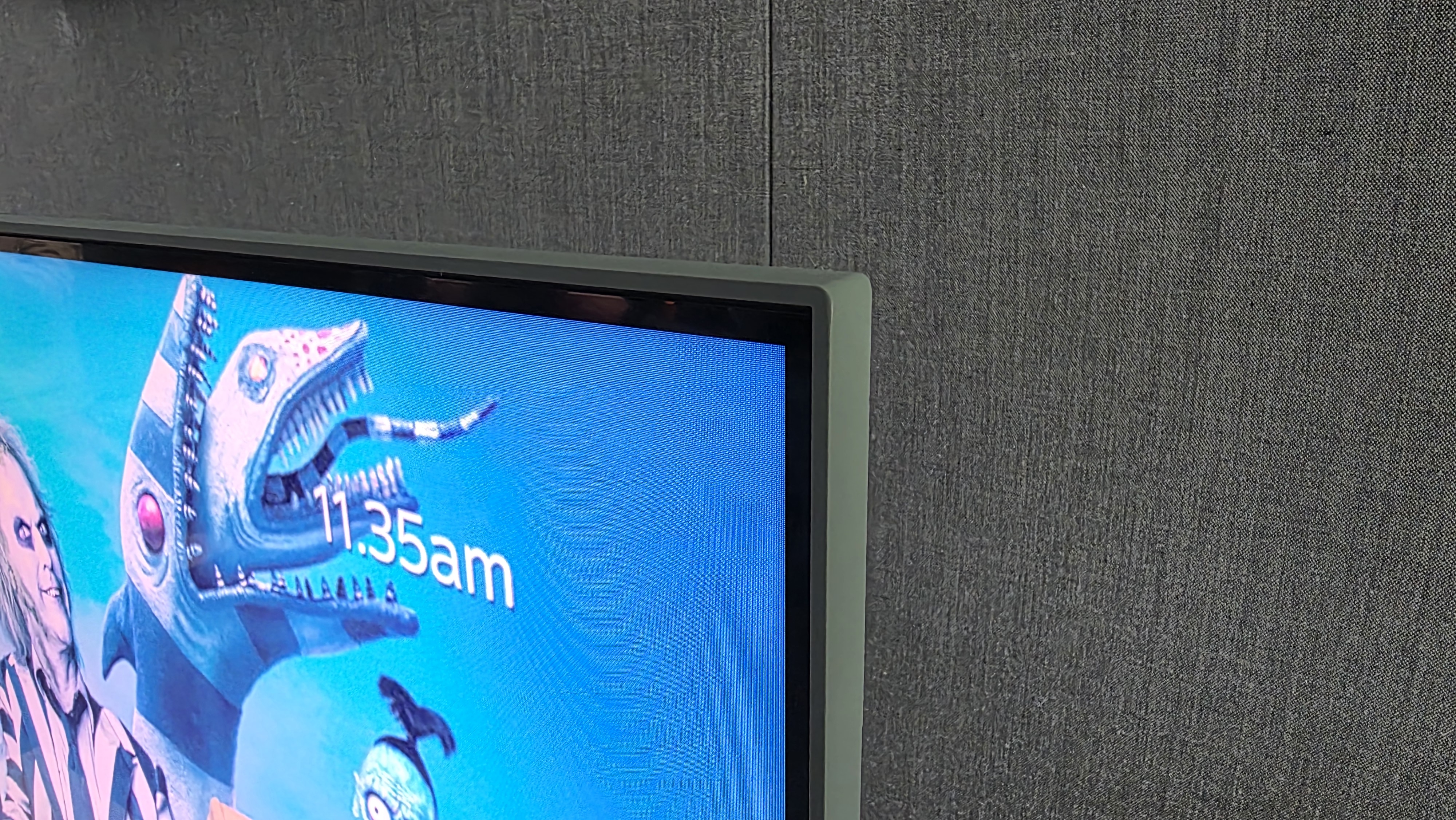
The Sky Glass Air, meanwhile, showed competent performance for its price bracket across varied content in our hands-on experience. During demonstrations of The Last Of Us, the opening scene appeared natural, if slightly washed out in some aspects.
Formula 1's brake lights appeared appropriately bright and clear, while a hovering bee in David Attenborough's nature documentary looked crisp and detailed. The animated Despicable Me 4 also benefited from the Extra Vivid mode, with colours kicked into overdrive and brightness significantly increased.
However, contrast appeared noticeably weaker on the Air than the Gen 2, with limited depth or dynamism to the image – likely due to the global dimming implementation rather than local dimming zones. Motion handling appeared adequate during both the F1 and football demonstrations, though comprehensive testing awaits our full review.
Overall, the picture quality gulf between these models is significant based on our testing so far – although we stress once again that only the Glass Gen 2 has had the full review treatment.
The Gen 2's local dimming, superior brightness, and impressive contrast delivery make it a genuinely compelling performer that punches above its weight, despite some black level limitations. The Air, from our hands-on experience, delivers respectable performance for its price point but clearly makes compromises in contrast and dynamic range to achieve its affordability.
While we'll need our full Air review to make definitive comparisons, the Gen 2's proven picture quality suggests it's worth the extra cost for those prioritising visual performance, whereas the Air appears to serve as a capable entry point for less demanding viewers.
Sky Glass Gen 2 vs Sky Glass Air: which one sounds better?
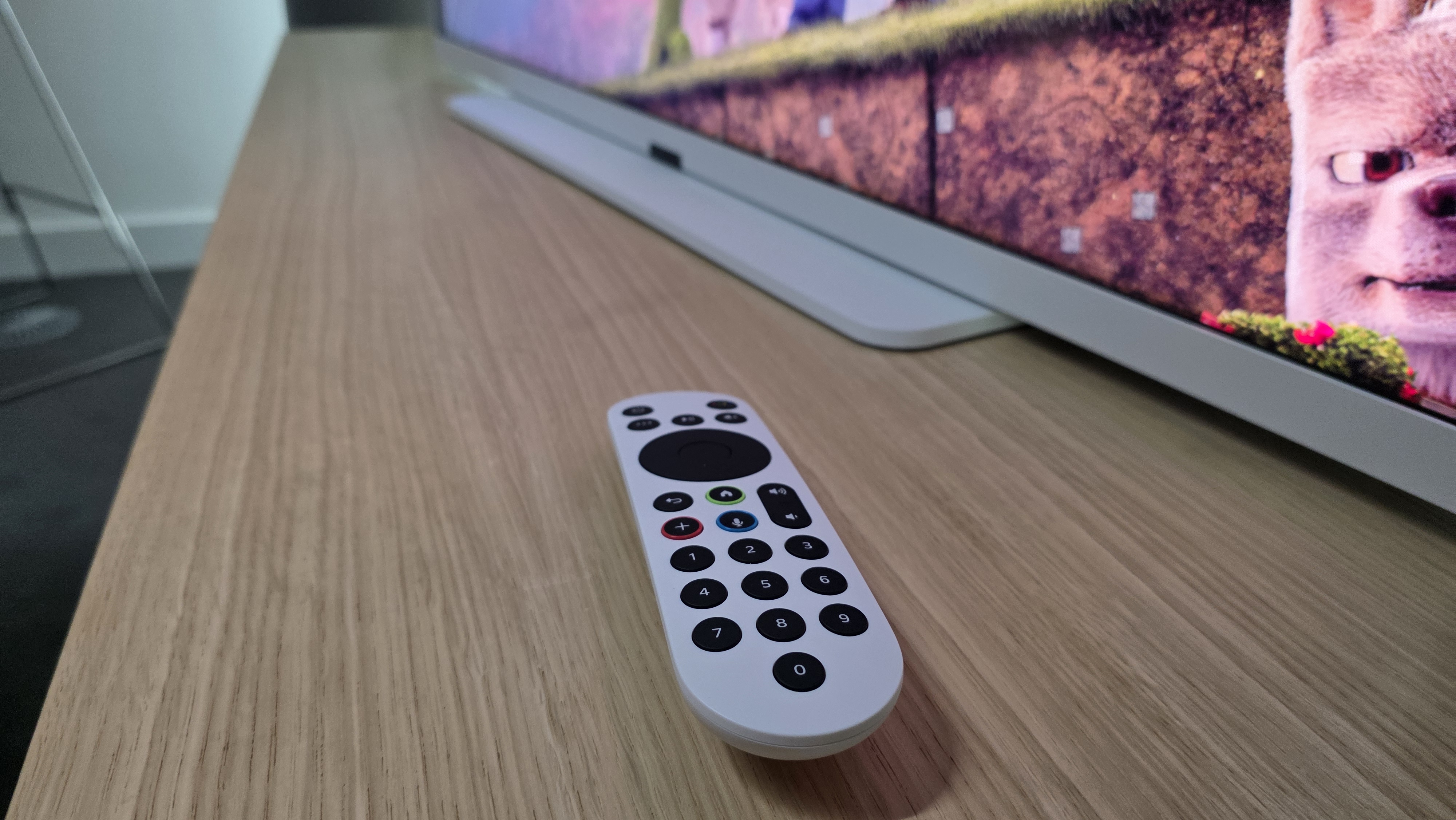
Screens aside, the sound set-up makes for one of the most significant differences between these Glass siblings.
The Sky Glass Gen 2 incorporates a comprehensive 3.1.2-channel Dolby Atmos system with two diagonally-firing drivers, a centre speaker, upgraded subwoofer, and two up-firing drivers for height effects.
Our full review found this delivers good sound for a TV at this level, with clear dialogue, decent room projection and impressive spatial presentation. However, there's a surprising lack of bass depth despite the subwoofer set-up.
The hidden Bass Boost setting (off by default) helps with bass presence and voice weight, so we recommend activating this. Even so, the sound remains lightweight overall and can't compete with even the fairly basic £120 Sony HT-SF150 soundbar.
As for the Sky Glass Air, it delivered a noticeably thinner and more two-dimensional sound during our demonstration. Neither of the clips played (Secret World Of Sound and A Star Is Born) provided much sense of bass weight or atmospheric presence.
The two-channel downward-firing system managed clear vocals, but appeared to struggle with the broader soundscape, delivering what we'd expect from a budget TV's built-in speakers.
Despite this, Sky's reasoning for this pared-back speaker set-up makes sense when viewed through a cost-cutting lens – especially if users plan on bolstering the system with one of the best soundbars via the HDMI eARC port.
Early verdict: Sky Glass Gen 2 vs Sky Glass Air – which should you buy?
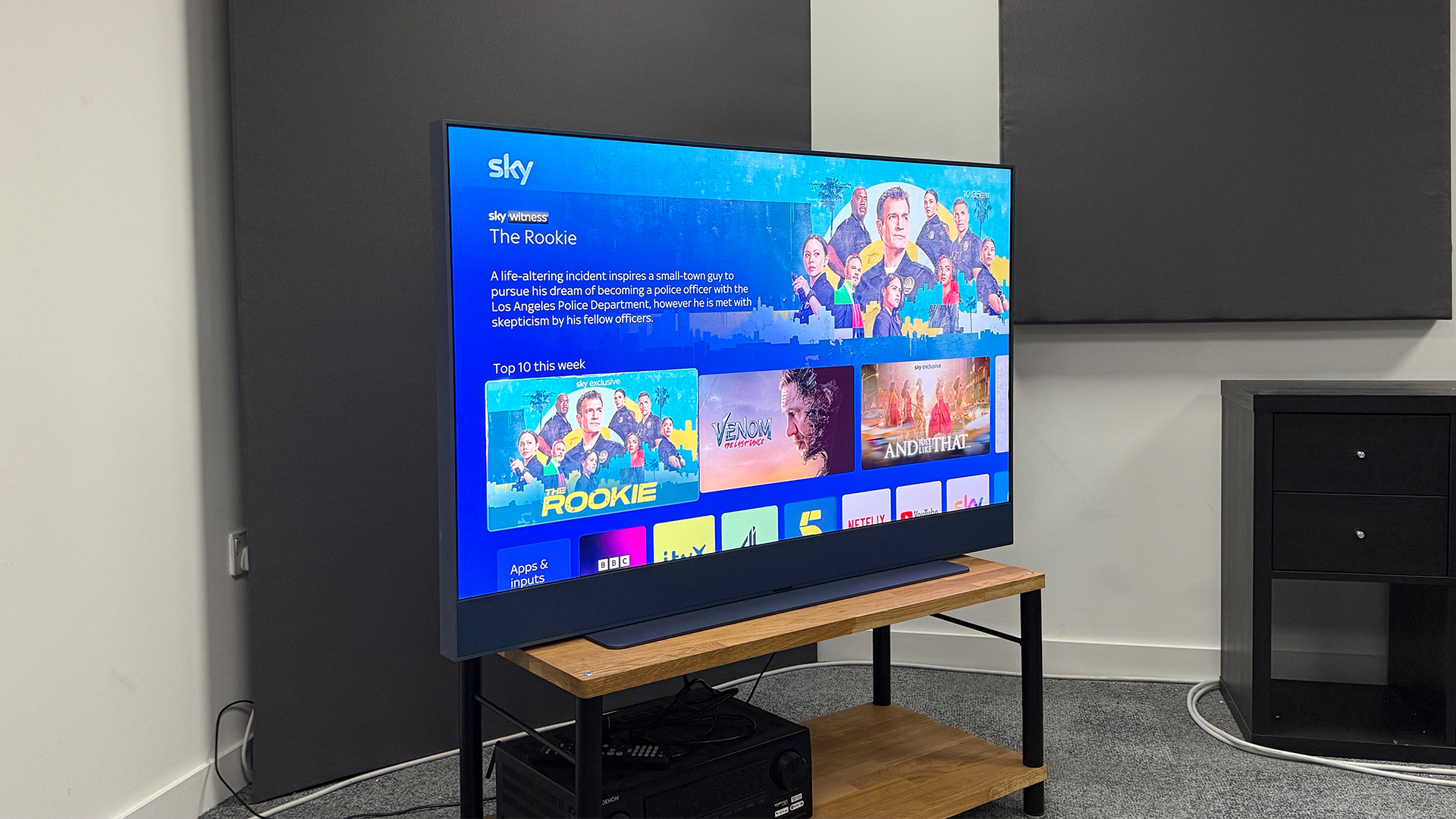
Based on our full Gen 2 review and hands–on Air experiences, Sky's new models serve distinctly different audiences within the company's ecosystem.
The Sky Glass Gen 2 represents the more complete package, with improved brightness, better contrast through local dimming, and substantially more sophisticated audio capabilities.
Our testing awarded it four stars, confirming it builds meaningfully on the original Glass concept while maintaining the same pricing structure. Picture quality genuinely impressed despite some limitations, such as the raised black floor, while the integrated audio provides good TV sound but can't match dedicated soundbars.
The Sky Glass Air prioritises affordability above all else, making genuine compromises in display technology and audio to reach its remarkable price point. However, it retains the core Sky OS experience and delivers respectable picture quality for casual viewing.
While contrast limitations were apparent and audio performance basic, the overall package remains admirable for the price. From what we've seen so far, at least.
The choice ultimately depends on your priorities and budget. The Gen 2 suits those wanting Sky's full vision realised with decent performance across picture and sound. The Air serves as an affordable entry point to Sky's ecosystem for those with limited budgets who can accept its basic audio and reduced contrast performance.
We look forward to conducting a full Air review to determine which represents better value in their respective price brackets, and how they compare to traditional TVs at similar prices.
MORE:
Read our Sky Glass Gen 2 hands–on review
Check out our Sky Glass Air hands–on impressions
Here are the best TVs you can buy right now

You must confirm your public display name before commenting
Please logout and then login again, you will then be prompted to enter your display name.
